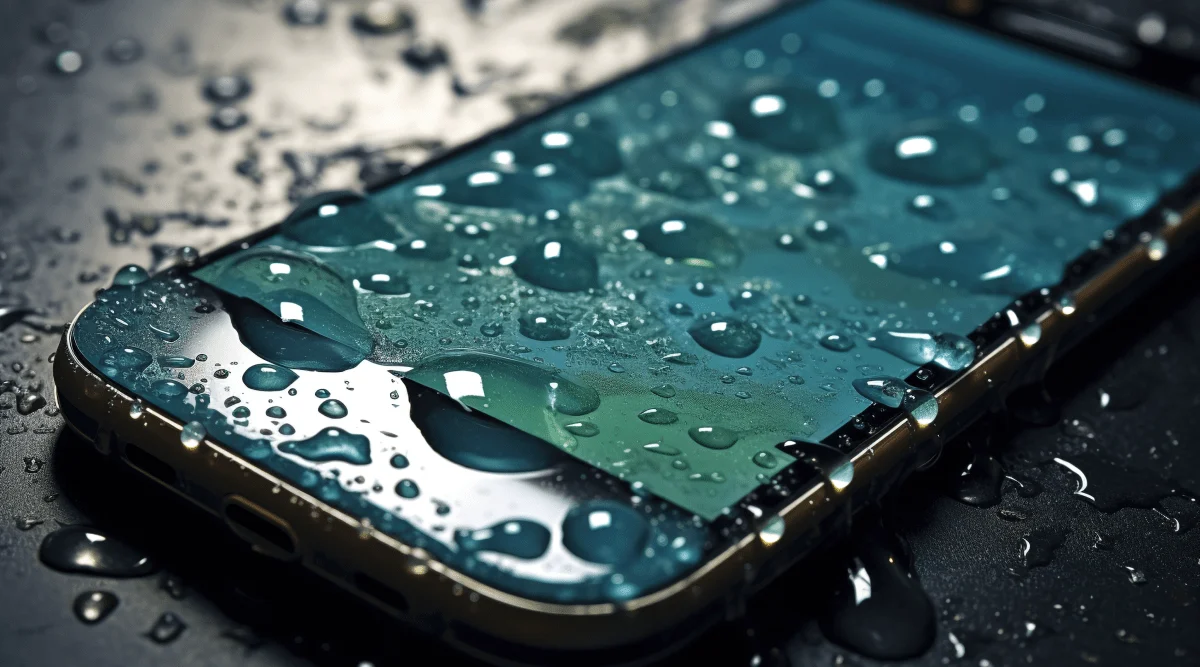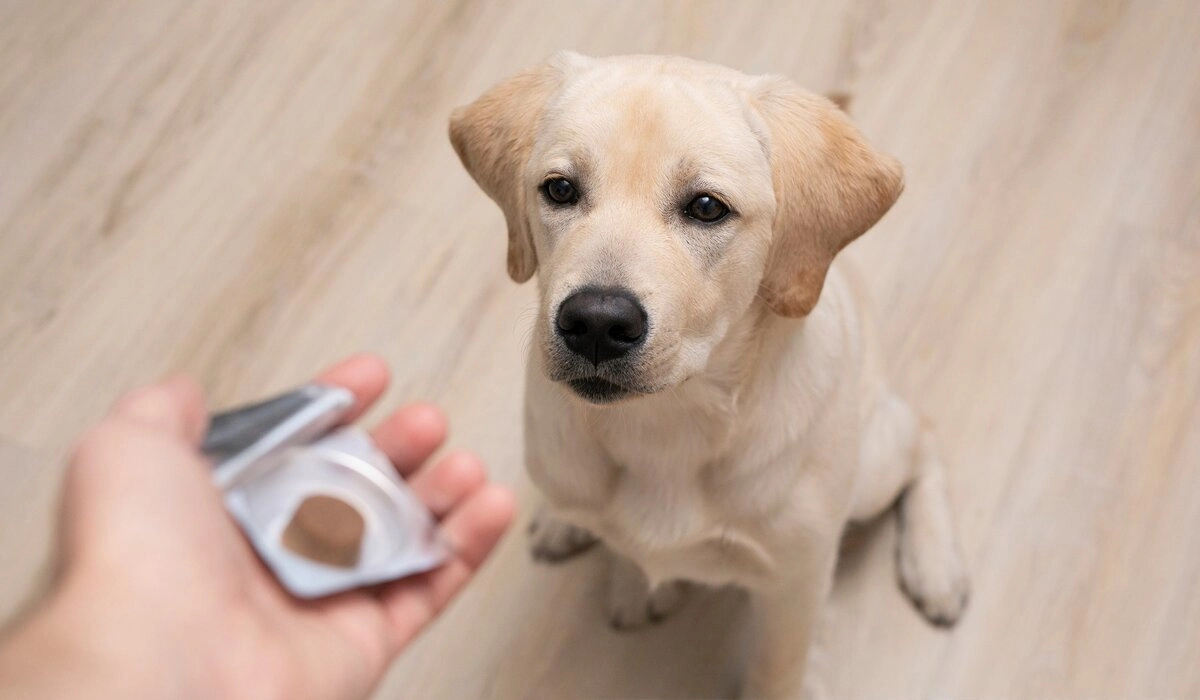As businesses rely more heavily on mobile devices, water damage poses a significant threat to their operations. A single incident can result in costly repairs, data loss, and extended downtime, ultimately impacting the company’s bottom line. With water-damaged device repairs costing between $200 and $1,000 on average, businesses must develop a thorough strategy to address business continuity in the face of such an event. By prioritizing business continuity, organizations can prevent water damage and guarantee uninterrupted operations.
Key Takeaways
- Implement prompt response strategies to mitigate downtime and data loss from water-damaged devices, as 60% become unusable within hours.
- Conduct regular device inspections to identify potential issues before they cause significant damage or data loss.
- Train employees on proper device handling and storage to reduce the risk of water damage from human error.
- Designate device-drying areas in the workplace and use water-resistant cases and accessories to minimize damage.
- Develop a device protection policy to guide employee behavior and ensure business continuity in the event of water damage.
The Cost of Water Damage
Suffering a mobile device water damage incident can incur substantial expenses, with the average cost of repair or replacement ranging from $200 to $1,000 per device, depending on the extent of the damage and the type of device. This financial burden can be devastating to businesses, especially those with large fleets of devices. A Guide to Mobile Device Water Damage highlights the importance of proactive measures to mitigate these costs.
Common Causes of Damage
Human error, environmental factors, and device design flaws are the primary catalysts for mobile device water damage in the workplace, underscoring the need for a thorough Guide to mobile device water damage. Careless handling, accidental exposure to liquids, and manufacturing defects are common culprits, while extreme temperatures, humidity, and natural disasters also contribute to the problem.
Assessing Device Water Damage
Upon initial inspection, approximately 75% of water-damaged devices exhibit visible signs of moisture exposure, such as corrosion, rust, or mineral buildup, which can inform the assessment process. A thorough examination should also involve checking for functional issues, such as faulty charging ports or unresponsive screens, to determine the extent of the damage and guide repair or replacement decisions.
A Guide to Mobile Device Water Damage

Nearly 60% of mobile devices that experience water damage are rendered unusable within hours of exposure, underscoring the importance of prompt and effective response strategies to mitigate downtime and data loss. A guide to mobile device water damage highlights the need for swift action, including immediate power-down, drying, and professional assessment to minimize damage and guarantee business continuity.
Preventing Future Water Damage
Implementing proactive measures to prevent future water damage is essential to minimizing downtime and ensuring business continuity. A Guide to mobile device water damage highlights the importance of taking preventative steps. To prevent future water damage:
- Train employees on proper device handling and storage
- Implement a device protection policy
- Use water-resistant cases and accessories
- Designate device-drying areas in the workplace
- Conduct regular device inspections
Frequently Asked Questions
Can I Dry My Device With a Hair Dryer or Oven to Speed up the Process?
Avoid using a hair dryer or oven to dry your device, as the heat can cause further damage to the internal components. Instead, opt for gentle, room-temperature drying methods to guarantee a safe and effective recovery.
How Do I Prevent Water Damage to Devices in Bathrooms or Kitchens?
To prevent water damage to devices in bathrooms or kitchens, implement simple precautions: store devices in water-resistant cases, avoid placing them near sinks or bathtubs, and consider installing waterproof phone holders or hooks.
Are There Any Specific Insurance Policies for Mobile Device Water Damage?
Specific insurance policies for mobile device water damage do exist, offering protection against accidental liquid exposure. These policies, often add-ons to standard device insurance, provide financial coverage for repairs or replacement in the event of water damage.
Can I Repair a Water-Damaged Device Myself or Should I Seek Professional Help?
When a mobile device suffers water damage, evaluating the extent of the damage is crucial before deciding whether to attempt self-repair or seek professional help, as improper handling can worsen the issue.
Are There Any Water-Resistant Phone Cases That Can Completely Prevent Water Damage?
While no phone case can completely eliminate water damage, certain water-resistant cases with IP68 ratings, such as those featuring nanotechnology or hydrophobic materials, can greatly reduce the risk of water ingress and subsequent damage.
Conclusion
Effective management of mobile device water damage is vital for business continuity. A proactive approach, including employee training, protection policies, and regular inspections, can mitigate repair costs and minimize downtime. Prompt response strategies, such as immediate power-down and drying, are essential in preventing data loss. By understanding the causes and consequences of water damage, businesses can implement preventative measures and guarantee timely recovery in the event of an incident, thereby safeguarding operational efficiency and reducing financial losses.
You May Also Love To Read: Sustainable Business Practices: Reducing Electronic Waste in PC Startup Ventures






